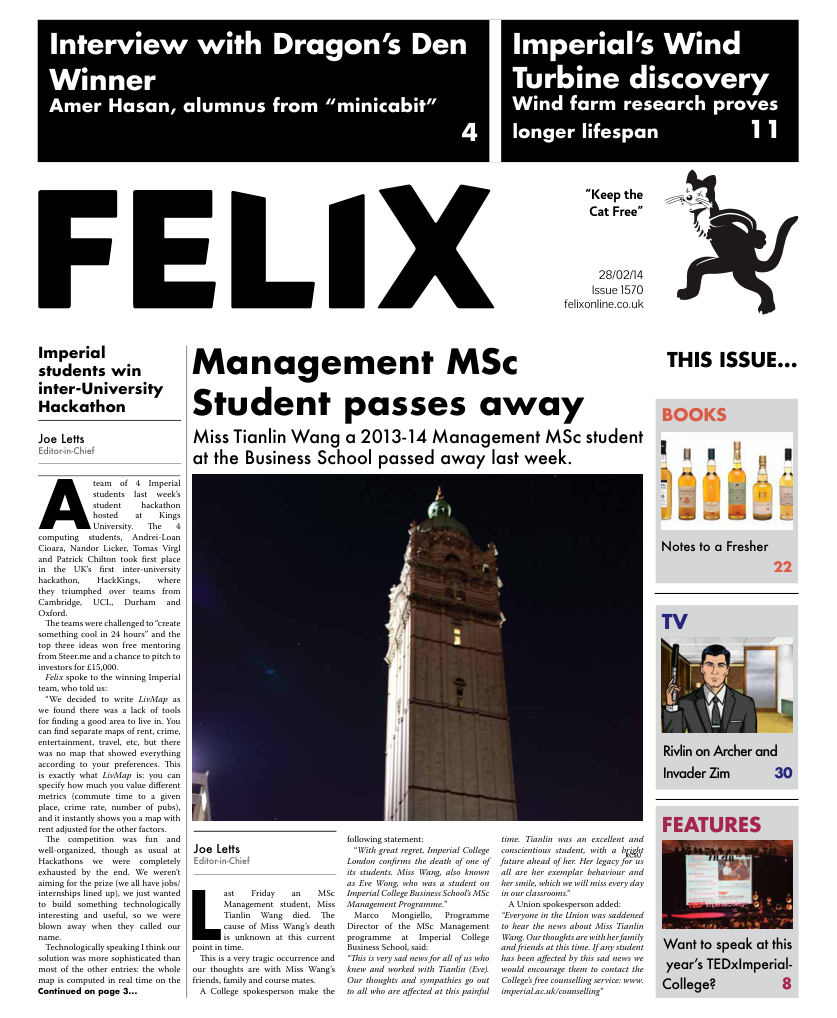Radiation-free tumour detection method
Diagnosis and treatment of cancer often involves some of the most damaging procedures that doctors would ever intentionally inflict upon a human body.
Diagnosis and treatment of cancer often involves some of the most damaging procedures that doctors would ever intentionally inflict upon a human body. The effects of chemotherapy, for instance, are notorious, but radiation from treatment or scans can sometimes be just as harmful to a patient’s health. A study published in the Lancet this week proposes a new technique that could completely eliminate the radiation dose from scans used to investigate tumours. It could well improve outcomes for many vulnerable patients, and even save lives.
When determining the best treatment options, doctors need detailed information on a tumour’s size and location, and whether it has spread to any other parts of the body. A common way to find this out is with a PET-CT scan. This type of imaging involves injecting a radioactive drug into a patient which highlights tissues that are more active than normal, suggesting the presence of a tumour. At the same time, a normal CT scan is performed to analyse the sites that have been highlighted.
A single PET-CT scan can give a radiation dose equivalent to more than 700 chest X-rays – about 4-6 times the background dose an average person would experience over a whole year. While these levels are unlikely to cause any serious long-term effects in adults, they could potentially be extremely harmful to the sensitive tissues of a child.
A much more attractive option would be MRI. It has been widely used in medicine for many years, and involves imaging tissues using radio waves in a powerful magnetic field – without the need for harmful radiation. Unfortunately, despite its many uses, on its own it is unable to distinguish between cancerous and healthy tissues, and so has not been widely used in this type of cancer diagnostics.
The new research from scientists at Stanford University has found a way around this problem. The team used a common iron supplement as a contrast agent to highlight tumours, as they found that it only gets absorbed by healthy tissues, and shows up clearly on the MRI. And unlike other contrast agents that have previously been tested, this drug stays in the body long enough for detailed images to be produced by the scanner.
Not only does this technique achieve the same results as the PET-CT scan but without the radiation dose, it also uses scanners already common in hospitals, and a well tested, freely available drug. If further investigation confirmed the technique’s effectiveness, it could be rolled out relatively easily in many hospitals around the world.





